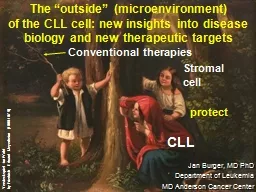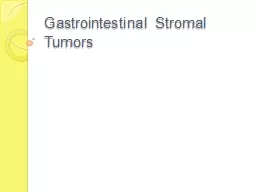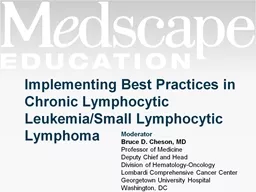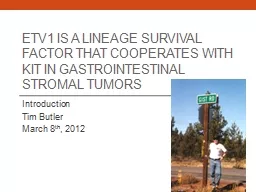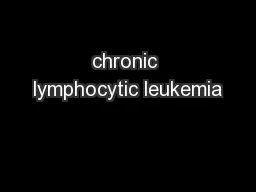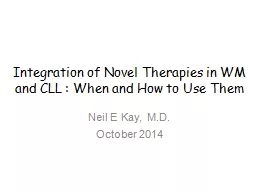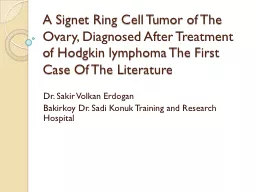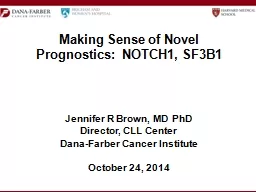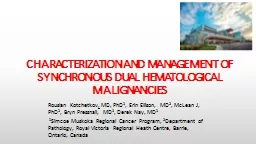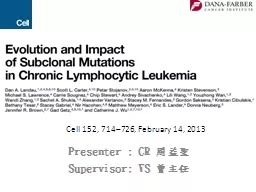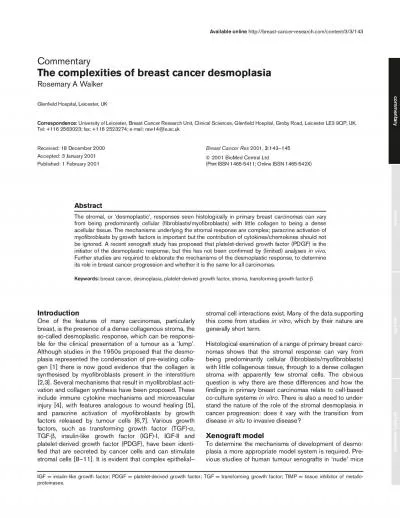PPT-CLL Stromal cell protect
Author : tawny-fly | Published Date : 2019-11-24
CLL Stromal cell protect Conventional therapies Versteckspiel im Wald by Friedrich Eduard Meyerheim 18081879 The outside microenvironment of the CLL cell new insights
Presentation Embed Code
Download Presentation
Download Presentation The PPT/PDF document "CLL Stromal cell protect" is the property of its rightful owner. Permission is granted to download and print the materials on this website for personal, non-commercial use only, and to display it on your personal computer provided you do not modify the materials and that you retain all copyright notices contained in the materials. By downloading content from our website, you accept the terms of this agreement.
CLL Stromal cell protect: Transcript
Download Rules Of Document
"CLL Stromal cell protect"The content belongs to its owner. You may download and print it for personal use, without modification, and keep all copyright notices. By downloading, you agree to these terms.
Related Documents

